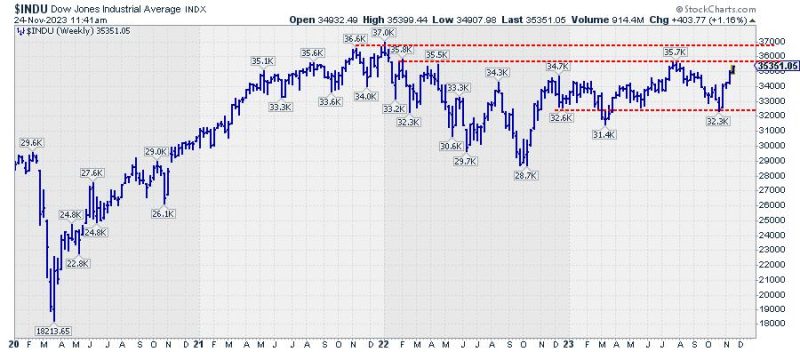RRG (Relative Rotation Graphs) is quickly becoming a popular tool used by traders and investors in finding and capitalising on two-pair trading opportunities. This powerful technology attempts to identify market conditions where two stocks may form a correlation that can be used to generate a quick and profitable trading opportunity. With the help of RRG, traders can easily spot trends, identify buy and sell signals, and find the ideal time to enter and exit a trade with minimal risk.
RRG works by plotting the rotation of a pair of stocks relative to each other in a graph. This graph will plot the position of each stock in a two-dimensional space, creating a 120 degree angle in which the pair of stocks are compared. By plotting these points, traders can quickly interpret the visual cues to determine the direction of the two stocks in relationship to one another, and therefore predict when the ideal opportunity to enter or exit a trade is available.
The RRG tool also highlights trends which can be used to identify bullish or bearish tendencies. Within the graph, stocks that are in a “leading” position move quicker relative to one another than those in a “lagging” position. By paying attention to how fast each stock is moving through the two-dimensional space, investors can better understand the movements of their chosen stocks and adjust their trading strategy accordingly.
In conclusion, RRG can be incredibly useful for finding two-pair trading opportunities and managing risk. By plotting the rotation of two stocks in a graph, traders can easily access visual cues and identify trends to better understand when the ideal time to enter or exit a trade is available. Familiarizing oneself with the RRG tool can be beneficial in helping traders to generate profits in a relatively short amount of time.






